Here’s how to garden on a difficult site
It cops hot winds and cold winds - and the heavy clay soil is prone to bogging. But this Eyre Peninsula garden is thriving.
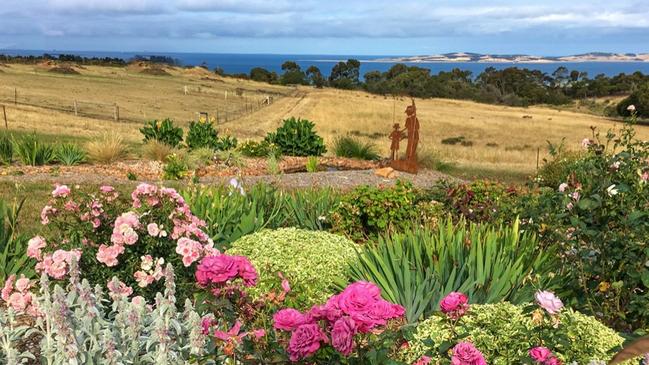
Creating a garden in some places is a real challenge – as Karen and Richard Miels found on their elevated 1ha block at Port Lincoln on South Australia’s Eyre Peninsula, where the fabulous ocean views over Boston Bay come with strong winds. “We get cold southerlies straight off the sea – and hot northerlies as well,” says Karen.
The hot, dry summers can be unforgiving, especially as there’s no mains water, and after rain their heavy clay soil is prone to bogging. “We had a very wet winter and flooding issues while building the house,” says Karen. “The soil was like mousse. After some serious trenching across the site, the water poured out. It took three months to drain while we lived in a shed on a little ‘island’, using a wheelbarrow to bring in the groceries over a plank bridge.” That trenching work became the start of the rock-lined intermittent watercourse, culminating in a pond that is now a feature of the garden.
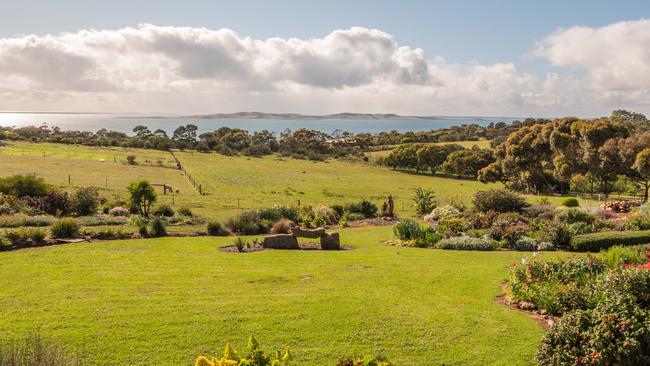
This is granite country. With the 600 tonnes of rock excavated during construction of the house, Karen and Richard have built 163 metres of stone walls, while three massive boulders, chosen for their interesting shapes, form a monumental arrangement they’ve dubbed Stonehenge.
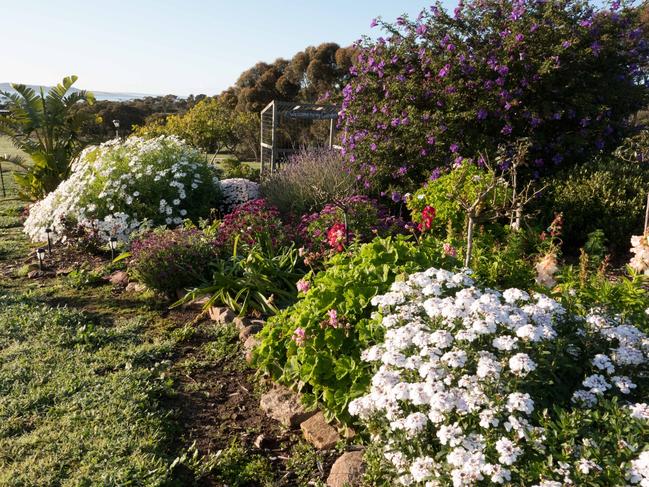
The property was just a paddock when they bought it eight years ago after retiring. Karen was born and bred 250km to the north before moving to Adelaide, so they knew the area well. “It’s only a half-hour flight to Adelaide and I wanted room to make a serious garden,” says Karen. “We have 200-degree views from the house so everything is planted according to how it looks from the kitchen window,” she laughs. “I think of size, structure, colour and shape, and I wanted a long expanse of green leading down to the pond. I look at it as planting a picture. Gardening is another form of art, just with plants.”
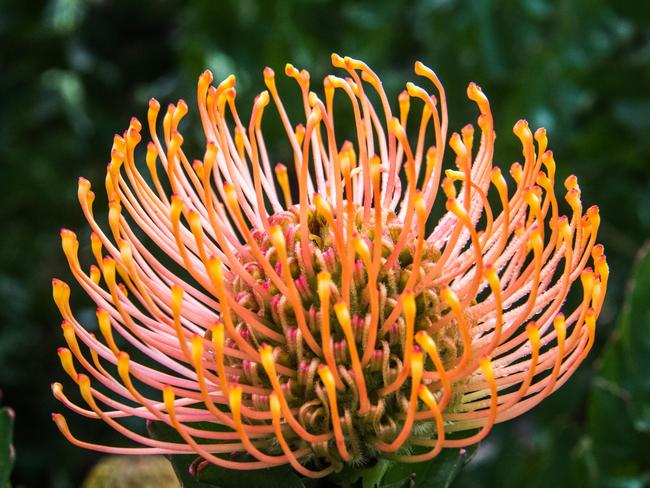
Karen’s other artistic pursuits include watercolour painting, quilting and mosaics. In the garden she transformed the grand steps, which connect the entertaining area to the garden, with mosaic strips across each riser that depict elements of the garden such as the creek, flowers, sun, birds and insects. Totem poles painted on downpipes and topped with solar lights are her work too, as are various garden art pieces created from op-shop finds.
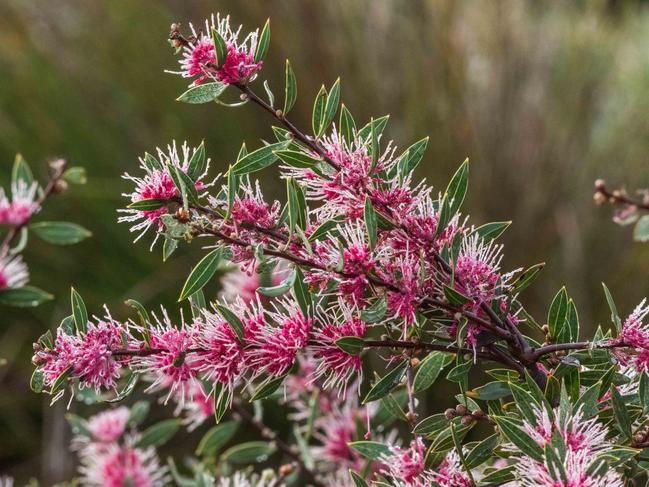
The garden beds are filled with colour, including 120 roses, masses of bearded irises, rosemary, lavender, poppies, natives and succulents. The dappled shade of a copse of original wattles is home to fuchsias, impatiens, bromeliads, iresine and begonias that need more protection, while clumps of grasses, irises, daylilies and cannas enhance the rocky creek edges.
Richard looks after the lawns, the fully enclosed orchard of 20 trees and a large, immaculate vegetable garden, fenced to keep the rabbits out. Last year they harvested and shared 300kg of peaches, nectarines, apricots, cherries and apples.
The orchard, vegies and copse area are watered from 230,000 litres of tankwater that also services the house, while the Envirocycle system waters the roses with treated wastewater. Everything else has to survive on its own once established.
Q&A
Are there any strategies to stop rats eating the corn, tomatoes and zucchinis in our garden? We don’t want to bait as we back on to bush.
Simone Garland, Sydney
Native rats, present near bushland, will eat fruits and vegetables but are legally protected. Introduced black and brown rats eat anything and are proven sources of disease. Try to identify the species with video or live trapping. You’re right to avoid poisons. Exclusion with wire mesh is the most effective; it should be buried to 200mm, with no gaps. For pest species try a snap trap or Nooski rat trap.
How can I get more fruit from my passionfruit vine? Does it only fruit once a year?
Rod Leonarder, Sydney
They need full sun, regular doses of organic-based fruit fertiliser, consistent watering, and mulch over the whole root zone. Hand pollinate between just-opened flowers to increase fruit set. Prune vines in early spring to promote new growth on which flowers form. In warm regions they can flower all year; in Sydney expect some fruit in late spring and the main crop in autumn.
Our vibrant ‘King Humbert’ canna lilies have spread everywhere after the massive rains we’ve had. What’s the best way to eradicate them from areas such as lawn where they’re not welcome?
Peta Coe, Valla, NSW
That cultivar is supposedly sterile so they shouldn’t be spreading by seed, but by the rhizomes spreading. Giant ones like yours can produce shoots some distance from the clump. Dig out unwanted rhizomes and use a 300mm-deep root barrier around your clumps.
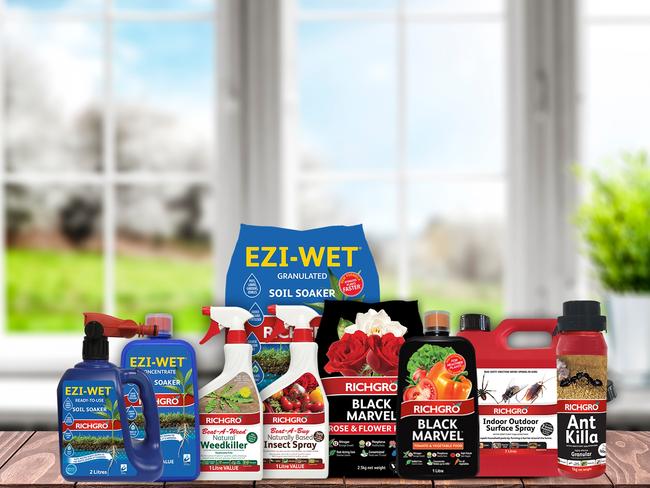
Send your questions to: helenyoungtwig@gmail.com or Helen Young, PO Box 3098, Willoughby North, NSW 2068. The best question for February wins a hamper of products from Richgro worth $120, including the Ezi-Wet soil wetting range.




To join the conversation, please log in. Don't have an account? Register
Join the conversation, you are commenting as Logout